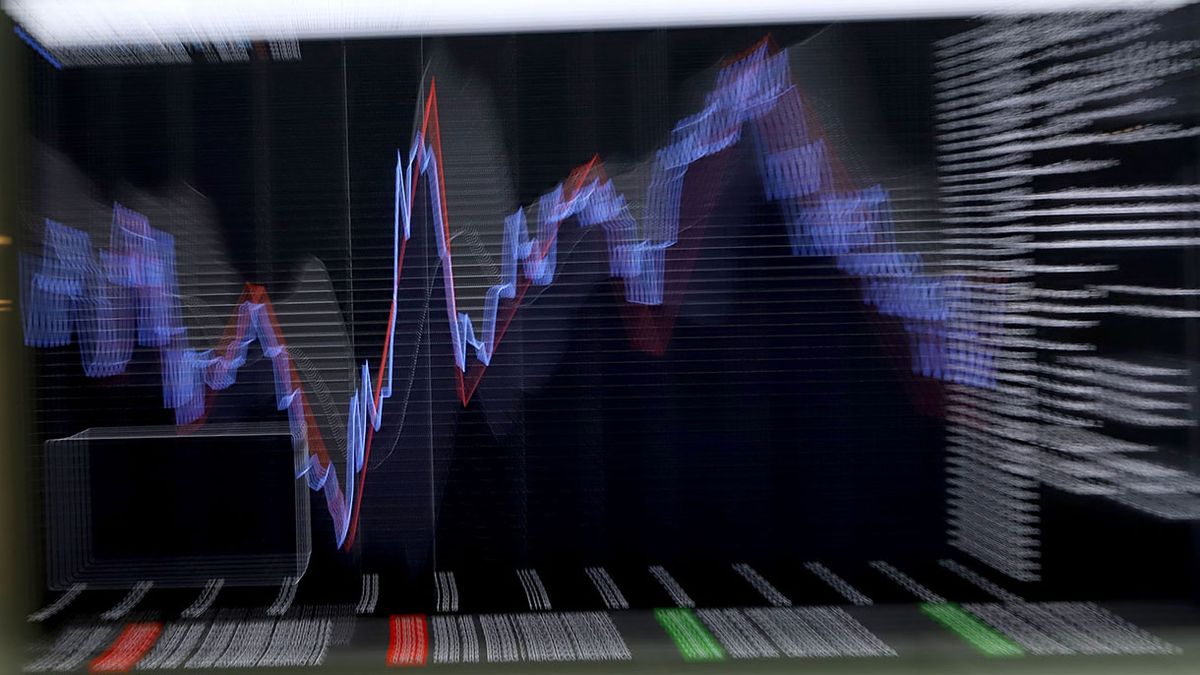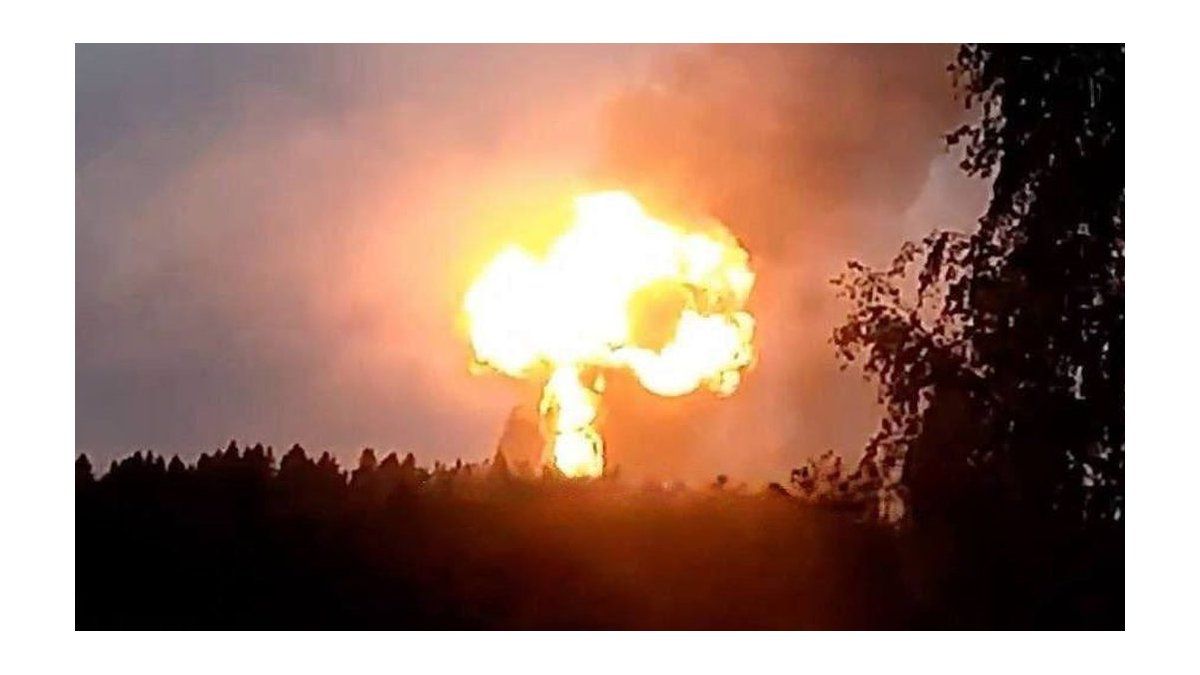Despite the fact that the decree has not yet been published, the market reacts negatively to the new measures announced by the Ministry of Economy to contain the currency gap. Dollar bonds plummet as much as 5%.
In the fixed income segment, bonds listed in hard currency start on Wednesday March 22 with losses of up to 5% led by Global 2035, followed by Global 2030 (-4.4%) and Bonar 2030 (-4. %). Thus, the risk country scale 3.90% to 2,426 basis points, maximum in 4 months.
Financial dollars marked historically low levels the day before in their different variables due to persistent portfolio dollarizations. It is worth remembering that prior to yesterday’s announcement, the bonds closed with gains of up to almost 4%.
As announced by Economía, it will order public organizations to exchange their bonds in dollars under foreign law (global or GD) for instruments in pesos under local legislation. The total amount covers about US$4,000 million. In addition, it will proceed with the incorporation of dollar bonds under local law (bonares or AL) in the CCL dollar operation.
“The measures aim to meet three government objectives: control the exchange rate gap, obtain financing in pesos to cover the fiscal deficit and meet the issuance goal with the International Monetary Fund (IMF) -of 0.6% of the GDP of temporary advances and profit transfers-“, reported the clearing and settlement agent Cohen.
An official source told Reuters that the sale of titles would involve some 4,000 million dollars, although private analysts indicated that the transaction could exceed 28,000 million dollars according to the entities that will be forced to participate in the operation.
“Based on our numbers, between FGS (pension guarantee fund), BCRA (central bank) and Treasury they have around 26,456 million nominal dollars of ‘Bonars’ and 2,826 million nominal ‘Globales’. In addition, the rest of the public entities would own close to 3,750 additional million -almost all ‘Bonares’-“, estimated Portfolio Personal Inversiones.
“We estimate that 50.2% of the ‘Bonares’ stock is in the hands of the BCRA, so the effect of the ‘Bonares’ will be much less if only the rest of the public bodies -including the FGS-” are required to do so. added.
The Minister of Economy, Sergio Massa, met this morning with bankers to explain details of his decision. The meeting began after 9 o’clock this Tuesday in the Belgrano Hall of the Ministry of Economy.
Massa was accompanied by the secretaries of Economic Policy, Gabriel Rubinstein and of Finance, Eduardo Setti; the head of the advisory cabinet, Leonardo Madcur; the president of the Central Bank, Miguel Pesce and the head of INDEC, Marco Lavagna, among others.
Among the bankers, the presidents of Banco Macro, Jorge Brito; from Banco Santander, Alejandro Butti and from Banco Credicoop, Carlos Heller, as well as executives from banks Galicia, BBVA and heads of business chambers in the sector, along with executives from entities linked to investment funds and insurance.
S&P Merval and ADRs
The Buenos Aires stock market operates with losses on this day of up to 2% at 225,549.27 points. For their part, Argentine papers listed on Wall Street fell by up to 2% thanks to Corporación América, Central Puerto (-2.2%), Banco Macro (-1.4%) and Transportadora de Gas del Sur (- 1.2%).
Source: Ambito
I am a 24-year-old writer and journalist who has been working in the news industry for the past two years. I write primarily about market news, so if you’re looking for insights into what’s going on in the stock market or economic indicators, you’ve come to the right place. I also dabble in writing articles on lifestyle trends and pop culture news.




